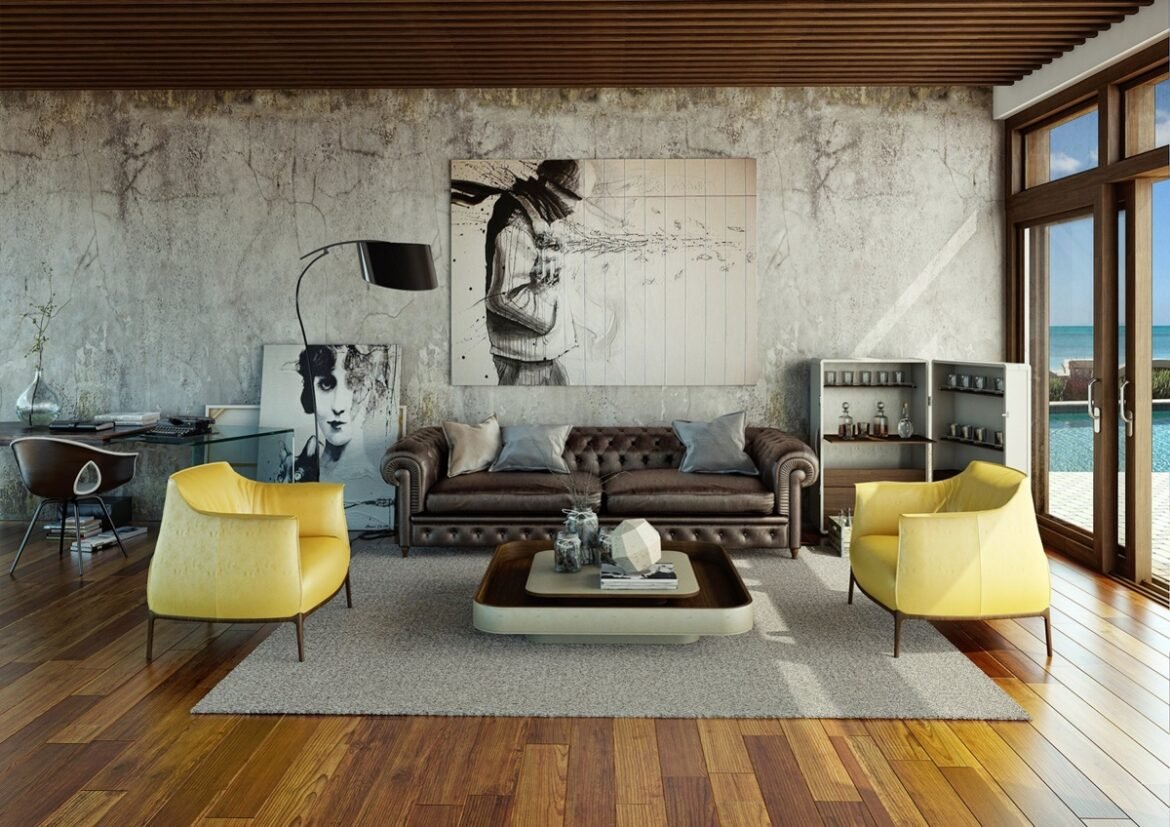As we enter the 21st century, the housing market is undergoing a significant transformation. Changing demographics, technological advancements, and environmental concerns are driving a shift in the way we live and how we design our homes. Here are some of the key trends that are shaping the modern housing market:
1. Small is the new big
The trend of downsizing and living in smaller spaces is on the rise. This is driven by a number of factors, including rising housing costs, a desire for a more minimalist lifestyle, and a growing interest in sustainability. Tiny homes, micro apartments, and co-living spaces are all becoming increasingly popular.
2. Urban living is in
More people are choosing to live in urban areas, attracted by the convenience, amenities, and cultural attractions that cities offer. This is putting pressure on urban housing markets and driving up prices. As a result, developers are increasingly building compact, high-rise apartments and mixed-use developments that combine residential and commercial space.
3. Multigenerational living is gaining traction
As families become more diverse and extended families live closer together, multigenerational living is becoming more common. This trend is being driven by a number of factors, including economic pressures, cultural shifts, and the desire to provide care for aging parents.
4. Smart homes are gaining popularity
The Internet of Things (IoT) is revolutionizing the home, with smart devices that can be controlled remotely and connected to various systems. Smart homes can be programmed to optimize energy use, provide security, and automate tasks.
5. Sustainability is at the forefront
There is a growing demand for sustainable housing, with more people looking for homes that are energy efficient, environmentally friendly, and built with recycled or sustainable materials. This trend is driven by concerns about climate change and a desire to reduce our environmental impact.
6. Modular and prefabricated homes are expanding
Modular and prefabricated homes are becoming more popular as they offer a faster and more affordable way to build homes. These homes are constructed in factories and then transported to the building site, where they are assembled.
7. Co-living spaces are gaining traction
Co-living spaces are shared living arrangements where people live in communal spaces and share amenities, such as kitchens, living rooms, and laundry facilities. This trend is appealing to young professionals and millennials who are looking for a more affordable and social living experience.
8. Airbnb and home sharing platforms are disrupting the industry
Airbnb and other home sharing platforms are having a profound impact on the housing market, providing more options for travelers and short-term rentals. This is leading to increased competition for traditional rental properties and putting upward pressure on rental prices.
9. The rise of technology is shaping the future of housing
Virtual reality (VR) and augmented reality (AR) are being used to create immersive experiences that allow potential buyers to explore homes virtually before they make a purchase. 3D printing is also being used to create custom-designed homes and furniture.
10. The future of housing is flexible and adaptable
Homes are increasingly being designed to be flexible and adaptable, with features that can be easily changed to meet the needs of the occupants. This includes features such as movable walls, modular furniture, and smart appliances.

